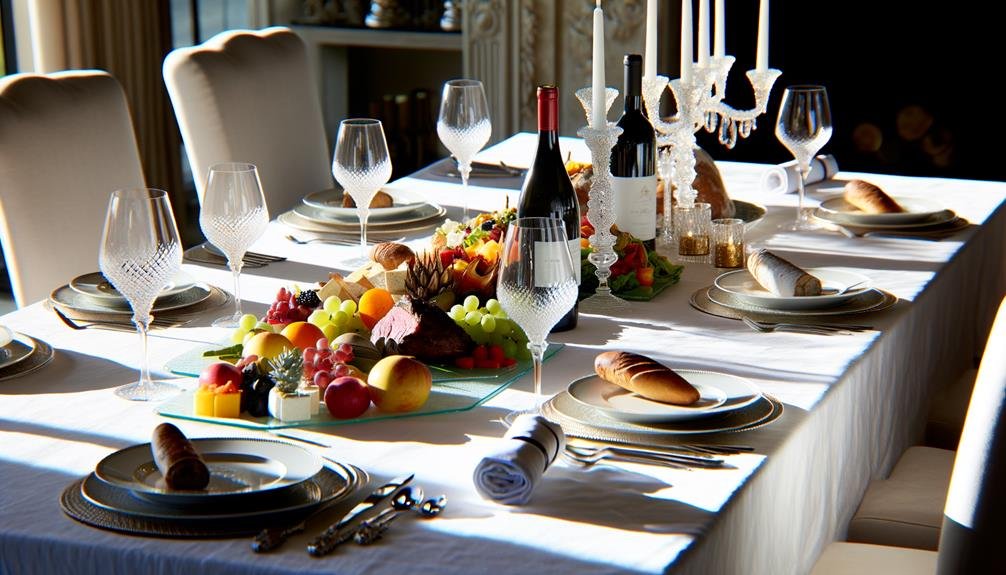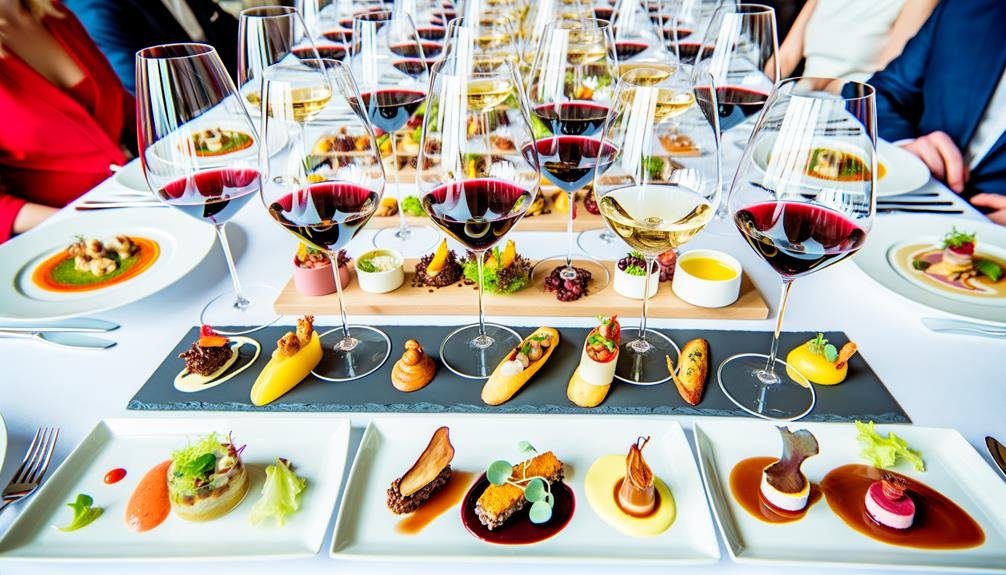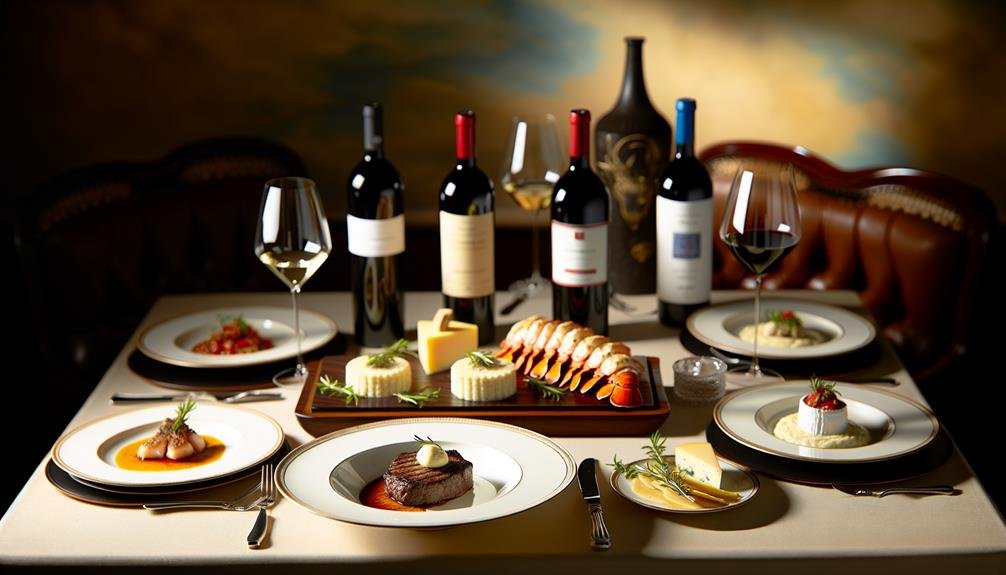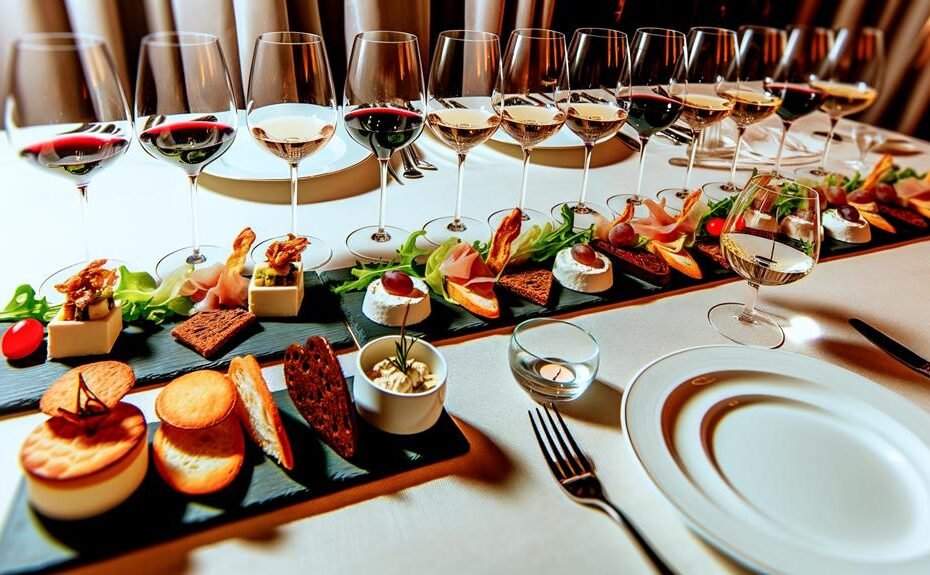Mastering food and wine pairing requires a deep understanding of flavor interactions and culinary techniques. It involves carefully matching the taste elements of a dish with the characteristics of the chosen wine to create a harmonious dining experience. Factors like acidity, sweetness, and texture play a key role in achieving a well-balanced and enhanced pairing. By delving into the science behind successful combinations and implementing advanced strategies, you can take your culinary skills to a new level of sophistication.
To excel in food and wine pairing, it's crucial to consider how each component of a dish interacts with the wine. For example, a rich and creamy pasta dish might pair beautifully with a buttery Chardonnay, while a spicy Thai curry could be complemented by a fruity Riesling. Understanding these nuances allows you to elevate your meals and create memorable dining experiences for yourself and your guests.
By mastering the art of food and wine pairing, you can transform a simple meal into a culinary masterpiece. The ability to harmonize flavors and enhance the overall dining experience is a skill that can elevate your cooking to a higher level. Whether you're hosting a dinner party or simply enjoying a quiet evening at home, the right wine pairing can truly make all the difference.
Fundamentals of Pairing

Understanding the basics of food and wine pairing is crucial for enhancing the overall dining experience. Key to this is identifying the main taste components: sweet, sour, spice, bitter, and fat.
Each element interacts uniquely with the characteristics of wine, influencing the overall taste sensation. By allowing the flavors of the dish to lead the wine choice, you can achieve a well-balanced and refined pairing.
For example, a dish with a high fat content pairs well with a wine that has high acidity to cleanse the palate. Similarly, sweetness in food can be complemented by a slightly sweeter or drier wine.
Mastering these essentials guarantees an exciting and creative culinary adventure.
Pairing Mechanics
Successful food and wine pairings rely on carefully considering how the characteristics of the wine interact with the key elements of the dish. It's important to identify components like acidity, sweetness, bitterness, and fat in both the food and wine.
For example, a high-acid wine can balance out the richness of a fatty dish, while a sweet wine can complement spicy flavors by toning down the heat. Texture also plays a crucial role; a tannic red wine pairs nicely with a well-marbled steak as the tannins interact with the proteins, enhancing the overall flavor.
Why Pairings Work

Pairings are successful because the combination of wine and food creates a harmonious and balanced dining experience. This harmony is achieved by carefully matching the unique characteristics of both elements to enhance each other. Understanding these interactions leads to memorable culinary experiences where the wine and food work together to elevate the overall enjoyment without one overpowering the other.
Balancing acidity and sweetness is key in pairing. High-acid wines can cut through rich, fatty dishes, providing a refreshing contrast that enhances the flavors. Complementary flavors play a significant role as well. For example, sweet wines can effectively balance out the heat of spicy foods, creating a pleasing and soothing effect on the palate. Additionally, considering the texture of both the wine and the food is important. Tannic wines, for instance, pair well with protein-rich dishes as the tannins help to soften the texture of the meat, resulting in a smoother and more enjoyable dining experience.
For a classic example, pairing a crisp Sauvignon Blanc with a zesty seafood ceviche can highlight the freshness of the dish while complementing the wine's citrus notes.
Alternatively, a bold Cabernet Sauvignon with a juicy steak can showcase how the wine's tannins can enhance the flavors of the meat, creating a satisfying and rich combination. By understanding these principles and experimenting with different pairings, one can truly appreciate the art of wine and food pairing for a delightful culinary journey.
Scientific Principles
Understanding the scientific principles behind food and wine pairing unveils how different taste components interact to create a harmonious dining experience. The key lies in the chemistry of taste, where acidity, sweetness, and bitterness work together to enhance or balance each other.
For instance, acidity cleanses the palate, making it a great match for rich, fatty foods. Sweetness, on the other hand, balances flavors and complements spicy dishes. Bitterness counteracts other tastes and pairs well with salty foods.
Advanced Pairing Tips

Mastering advanced food and wine pairing involves understanding the subtle and bold characteristics of your ingredients.
To step up your pairing skills, remember these key tips:
- Contrast and Complement: Pair wines that either contrast or complement the flavors of your dish. For example, try a sweet wine with a spicy meal or an acidic wine with a rich, fatty dish.
- Regional Synergy: Explore regional pairings that follow the principle of 'what grows together, goes together.' This means matching local wines with local cuisine for a harmonious flavor combination.
- Textural Harmony: Pay attention to the textures of both the food and wine. Pair creamy dishes with wines that have a smooth, full body to create a harmonious mouthfeel.
Conclusion
When it comes to pairing food and wine, understanding how different tastes like sweet, sour, spice, bitter, and fat interact is key.
By applying scientific principles and advanced techniques such as regional synergy and textural harmony, you can create a symphony of flavors.
This careful balance, like a well-crafted poem, enhances dining experiences, turning each meal into a culinary work of art.
